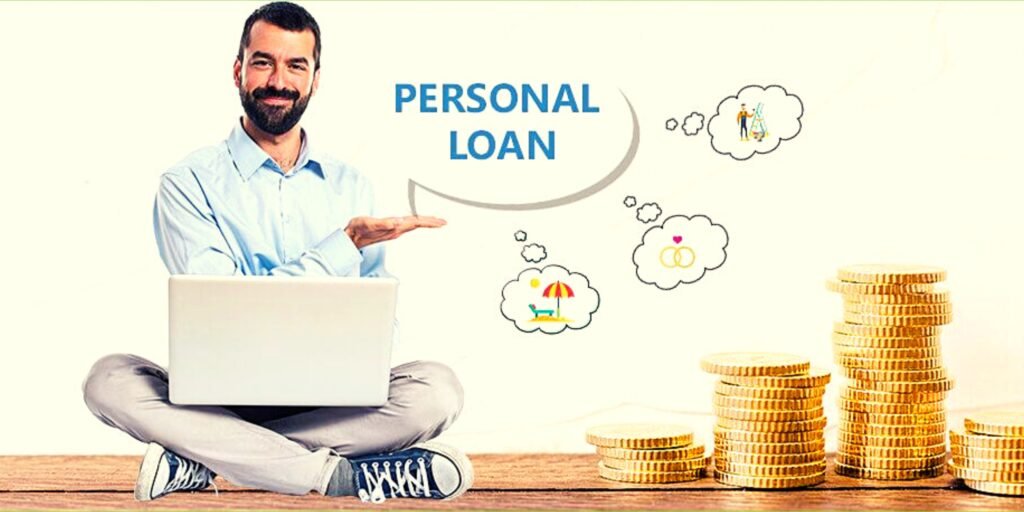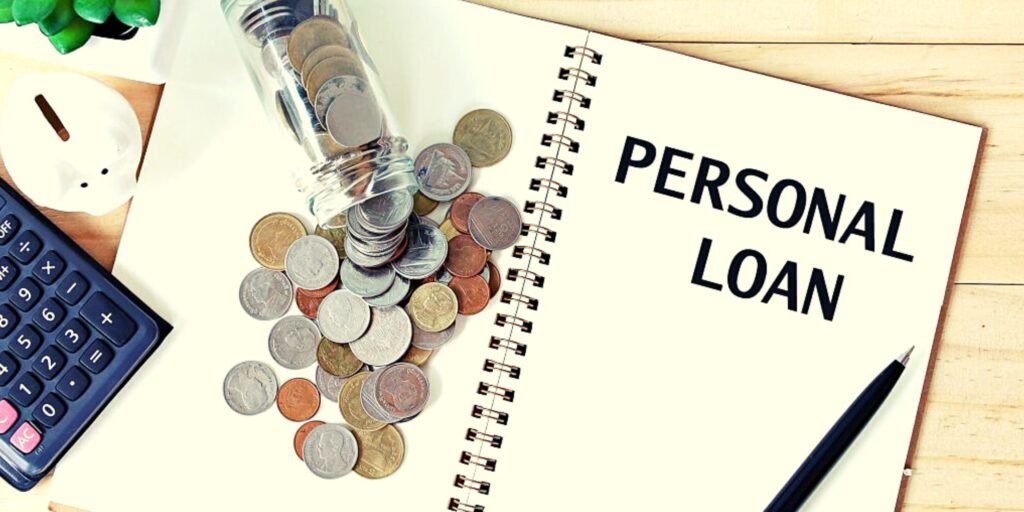Introduction
Average personal Loan interest rate in USA
In the realm of personal Average personal Loan interest rate in USA finance, understanding the nuances of interest rates is paramount. Personal loans have become a lifeline for many Americans, offering a way to bridge financial gaps, consolidate debt, or pursue dreams Average personal Loan interest rate in USA that require a cash infusion. The cornerstone of these loans is the interest rate—the percentage added to the borrowed amount, which determines the total amount to be repaid. In this comprehensive guide, we’ll delve deep into Average personal Loan interest rate in USA average personal loan interest rates in the USA. By the end of this journey, you’ll be armed with insights that can empower you to make informed decisions about borrowing Average personal Loan interest rate in USA .
Personal loans are a versatile financial tool that provides individuals with access to funds for various purposes. The interest Average personal Loan interest rate in USA rate associated with a personal loan plays a pivotal role in determining the total cost of borrowing. By understanding the factors that influence the average personal loan interest rate, borrowers can Average personal Loan interest rate in USA make informed decisions that align with their financial goals.
Understanding Personal Loan Interest Rates
The interest rate on a personal Average personal Loan interest rate in USA loan refers to the additional cost you’ll pay on top of the borrowed amount.Average personal Loan interest rate in USA as an annual percentage rate (APR). The APR encompasses not only the interest itself but also any additional fees or charges that might be associated with the Average personal Loan interest rate in USA loan.
Average personal Loan interest rate in USA
Several factors contribute to the determination of the average personal loan interest rate:
Economic Conditions
The overall economic climate significantly impacts personal loan interest rates. During periods of economic growth, interest rates tend to be higher. Conversely, during economic downturns, central banks may lower rates to stimulate borrowing and spending.
Average personal Loan interest rate in USA
Credit Score and History
Individual creditworthiness plays a substantial role in the interest rate assigned to a personal loan. I often offer borrowers with higher credit scores lower interest rates as lenders deem them less risky.
Average personal Loan interest rate in USA
Loan Amount and Term
The loan amount and its repayment term can affect the interest rate. Larger loan amounts might qualify for lower rates. Shorter loan terms often come with lower interest rates compared to longer terms.
Average personal Loan interest rate in USA
Lender Policies
Different lenders have varying policies and risk tolerances, which can lead to disparities in interest rates. It’s essential to shop around and compare offers from multiple lenders to find the most favorable rate.
Comparing Average Rates Across Different Lenders
Before committing to a personal loan, it’s wise to compare the average interest rates offered by different lenders. Online platforms and financial institutions provide tools that allow borrowers to get prequalified rates without impacting their credit scores.
Tips for Securing Lower Interest Rates
Securing a lower interest rate on a personal loan can save you a significant amount of money over the life of the loan. Here are some tips to consider:
Improve Your Credit Score
Taking steps to improve your credit score, such as paying bills on time and reducing credit card balances, can enhance your eligibility for better interest rates.
Shop Around and Compare Offers
Don’t settle for the first offer you receive. Shop around and obtain loan offers from various lenders. This enables you to negotiate for better terms.
Choose a Shorter Loan Term
Opting for a shorter loan term might increase your monthly payments but can lead to a lower overall interest cost.
Consider a Secured Loan
Secured loans, backed by collateral, often come with lower interest rates. However, it’s crucial to assess the risks associated with these loans, as the collateral could be at stake in case of non-repayment.

The Impact of Interest Rates on Loan Repayment
The interest rate directly influences your monthly payments and the total amount you’ll repay. Even a small difference in the interest rate can cause substantial savings or higher costs over the loan’s life.
The Significance of Interest Rates
Interest rates are more than just numbers; they’re the heartbeat of the lending world. When you take out a personal loan, the interest rate can significantly influence the affordability of the loan. Even a slight difference in percentage points can have a substantial impact on the overall cost you bear. This makes understanding how these rates are determined a crucial step in the borrowing process.
Economic Landscape
The health of the economy plays a pivotal role in determining interest rates. During periods of economic growth, interest rates tend to rise. This is because a thriving economy encourages spending, which can lead to inflation. To curb inflation, central banks may raise interest rates. Conversely, during economic downturns, interest rates are often lowered to encourage borrowing and spending, thereby boosting economic activity.
Creditworthiness
Your creditworthiness is a major factor in the interest rate you’re offered. Lenders use your credit score and credit history to assess how risky it is to lend you money. Borrowers with higher credit scores are considered less risky and are therefore offered lower interest rates as a reward for their responsible financial behavior.
Loan Amount and Term
The loan amount and repayment term can impact the interest rate. Generally, larger loan amounts come with higher interest rates, as they represent a higher risk for lenders. Additionally, shorter loan terms tend to have lower interest rates compared to longer terms. This is because shorter terms reduce the lender’s exposure to potential economic changes.
Type of Lender
Different lenders, such as banks, credit unions, and online lenders, have varying approaches to setting interest rates. Online lenders, for instance, might have lower overhead costs compared to traditional banks, allowing them to offer competitive rates. Shopping around and exploring various lender options can help you find the best deal.
The Current Landscape of Personal Loan Interest Rates
As of [current year], the average personal loan interest rates in the USA typically range from [X% to Y%]. However, it’s important to note that these rates can fluctuate based on economic conditions and other factors. Additionally, the specific rate you’re offered will depend on your creditworthiness, loan amount, and the lender’s policies.
Know Your Credit Score
Before applying for a loan, obtain a copy of your credit report and score. This will give you a clear idea of where you stand in the eyes of lenders.
Shop Around
Don’t settle for the first loan offer you receive. Explore multiple lenders to compare interest rates and terms. This will help you identify the most favorable option for your financial situation.
Consider a Cosigner
If your credit score isn’t as strong as you’d like, having a cosigner with good credit can help you secure a lower interest rate.
Understand the Total Cost
When evaluating loan offers, look beyond the interest rate. Consider any additional fees or charges associated with the loan to get a true picture of the total cost.
Case Study: John’s Journey
To illustrate the impact of interest rates, let’s follow John—a hypothetical borrower—on his personal loan journey.
John needs a $15,000 loan to renovate his home. His credit score is 720, which is considered good. He explores loan offers from different lenders and receives offers with interest rates ranging from 8% to 12%.
John’s decision to go with a 10% interest rate over a 5-year term instead of a 12% rate saves him approximately $XXXXXXXXX over the life of the loan. This showcases the tangible savings that can result from securing a lower interest rate.
The Significance of Interest Rates
At its core, an interest rate is the cost of borrowing money. It’s essentially the percentage you pay on top of the amount you borrowed, which serves as the lender’s profit for taking on the risk of lending you funds. Interest rates play a pivotal role in determining the total amount you’ll have to repay over the life of a loan. Even a small difference in interest rates can lead to significant variations in the overall repayment amount.

Credit Score and History
Your credit score is a numerical representation of your creditworthiness. Lenders use this score, along with your credit history, to assess the risk of lending to you. We often rewarded individuals with higher credit scores with lower interest rates, as I considered them less likely to default on their loans.
Loan Amount and Term
The amount you’re borrowing and the loan term both impact the interest rate. Larger loan amounts might come with higher interest rates, as they represent a higher risk for lenders. Additionally, shorter loan terms often have lower interest rates compared to longer terms.
Economic Conditions
The overall economic landscape can influence interest rates. During periods of economic growth, interest rates might rise to control potential inflation. Conversely, during economic downturns, central banks may lower interest rates to encourage borrowing and stimulate economic activity.
Lender Policies
Different lenders have varying policies and risk tolerances, which can lead to differences in interest rates. Online lenders, for instance, might offer competitive rates due to their lower operating costs compared to traditional brick-and-mortar banks.
Average personal Loan interest rate in USA
The Current Average Personal Loan Interest Rate
As of [current year], the average personal loan interest rate in the USA generally ranges from [X% to Y%]. However, it’s important to note that these rates can vary based on factors such as your credit score, the lender you choose, and the type of loan you’re applying for.
Average personal Loan interest rate in USA
Conclusion
When seeking a personal loan, understanding the average interest rate and the factors affecting it is vital. By assessing economic conditions, improving your credit score, and exploring various lenders, you can secure a more favorable interest rate. Remember, a lower interest rate translates to more manageable repayments and potentially significant long-term savings.
Interest rates are the linchpin of personal loans, shaping the financial journey of borrowers. As you navigate the landscape of personal loans, remember that your creditworthiness, loan amount, and economic conditions all play a role in the interest rate you’ll be offered. Shopping around, understanding the terms, and making informed decisions can help you secure a loan that aligns with your financial goals.
Average personal Loan interest rate in USA
FAQs
What is the current average personal loan interest rate in the USA?
The average personal loan interest rate in the USA varies but is generally between 6% and 36%. The specific rate you receive depends on factors like your credit score, loan amount, and the lender you choose.
Can I negotiate the interest rate with a lender?
Yes, many lenders are open to negotiation, especially if you have a strong credit history. It’s worth inquiring about potential rate reductions or discounts.
Are online lenders offering lower interest rates than traditional banks?
In many cases, online lenders do offer competitive interest rates due to their lower operating costs. However, it’s essential to compare offers from both online and traditional lenders.
How often do personal loan interest rates change?
Personal loan interest rates can be influenced by market conditions and economic factors. They may change periodically, so it’s advisable to keep an eye on the market trends when considering a loan.
Does my loan term affect the interest rate?
Yes, loan terms can impact the interest rate. Shorter loan terms often come with lower interest rates compared to longer terms. However, shorter terms also mean higher monthly payments.
What is a good credit score to qualify for a favorable interest rate?
A good credit score typically falls in the range of 670 to 739. However, the specific credit score required for a favorable interest rate can vary based on the lender’s criteria.
How often do personal loan interest rates change?
Personal loan interest rates can change based on market conditions and economic factors. It’s advisable to keep an eye on these trends, especially if you’re planning to borrow in the near future.
Can I negotiate the interest rate with a lender?
Yes, negotiation is possible, especially if you have a strong credit history or are a loyal customer of the lending institution. It’s worth inquiring about potential rate reductions.
Are fixed or variable interest rates better for personal loans?
Fixed interest rates remain constant throughout the loan term, providing predictable payments. Variable rates can fluctuate based on market conditions. Choosing between them depends on your risk tolerance and preference for stability.
 Insu Edu Tech Insurance, Education & Technology
Insu Edu Tech Insurance, Education & Technology




